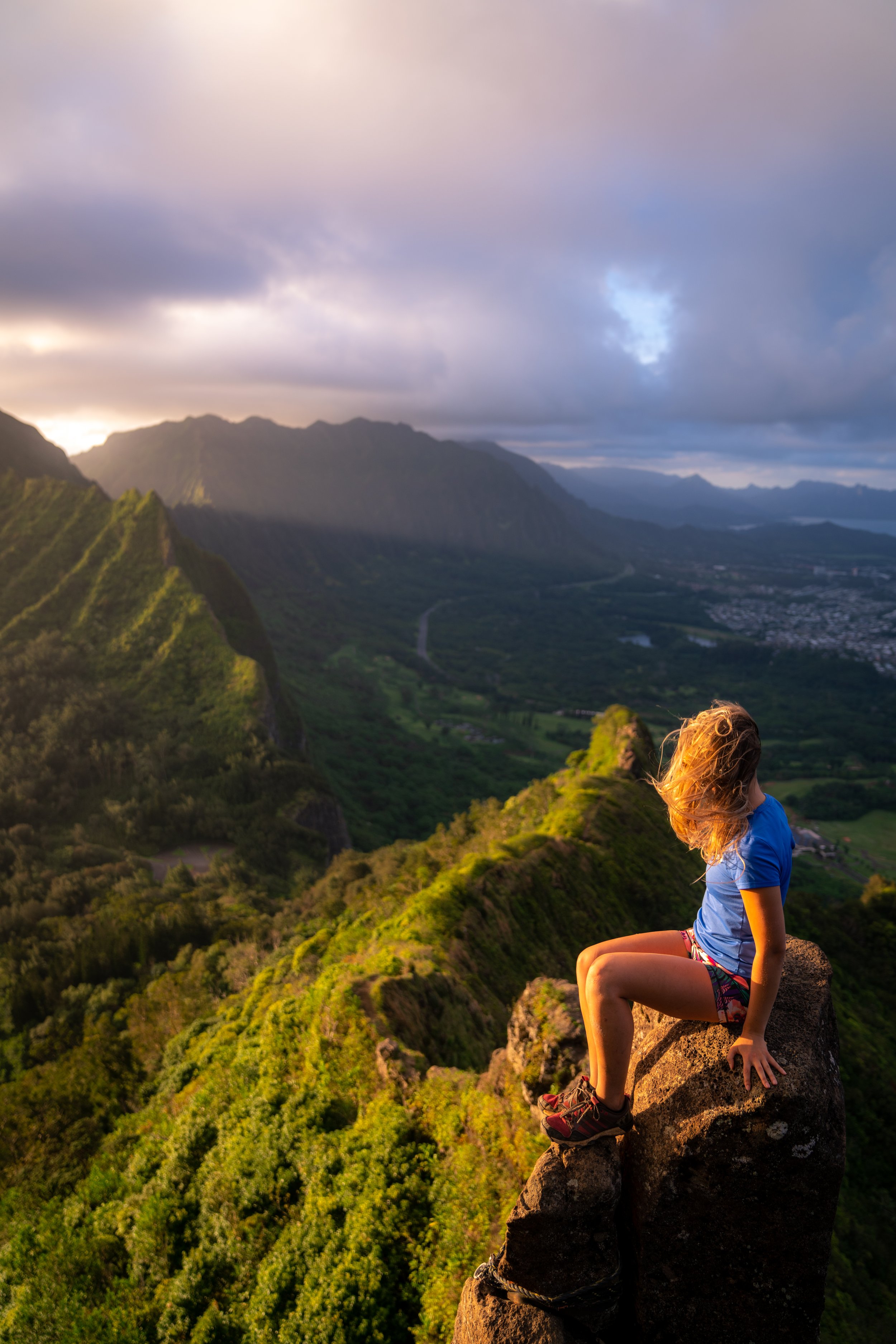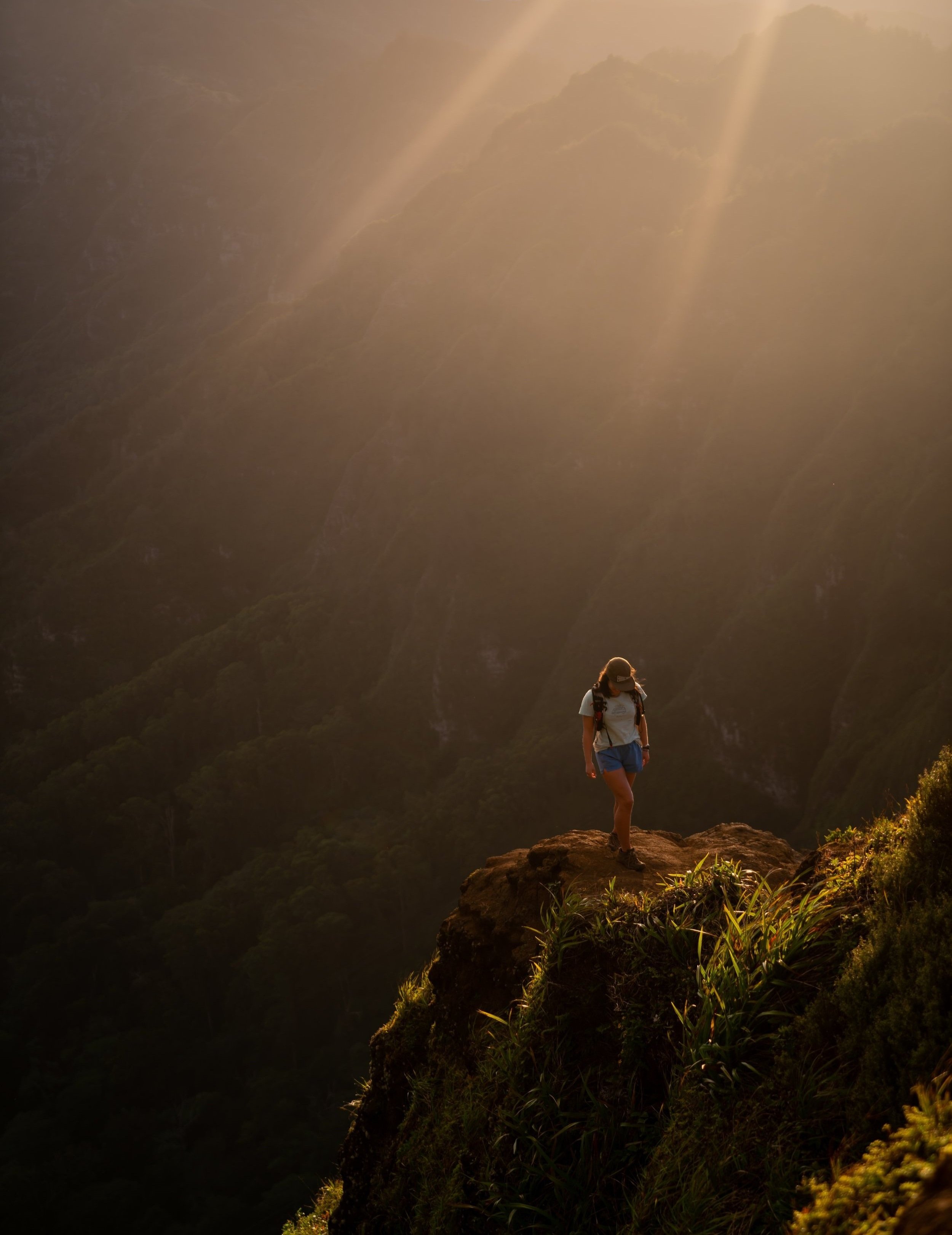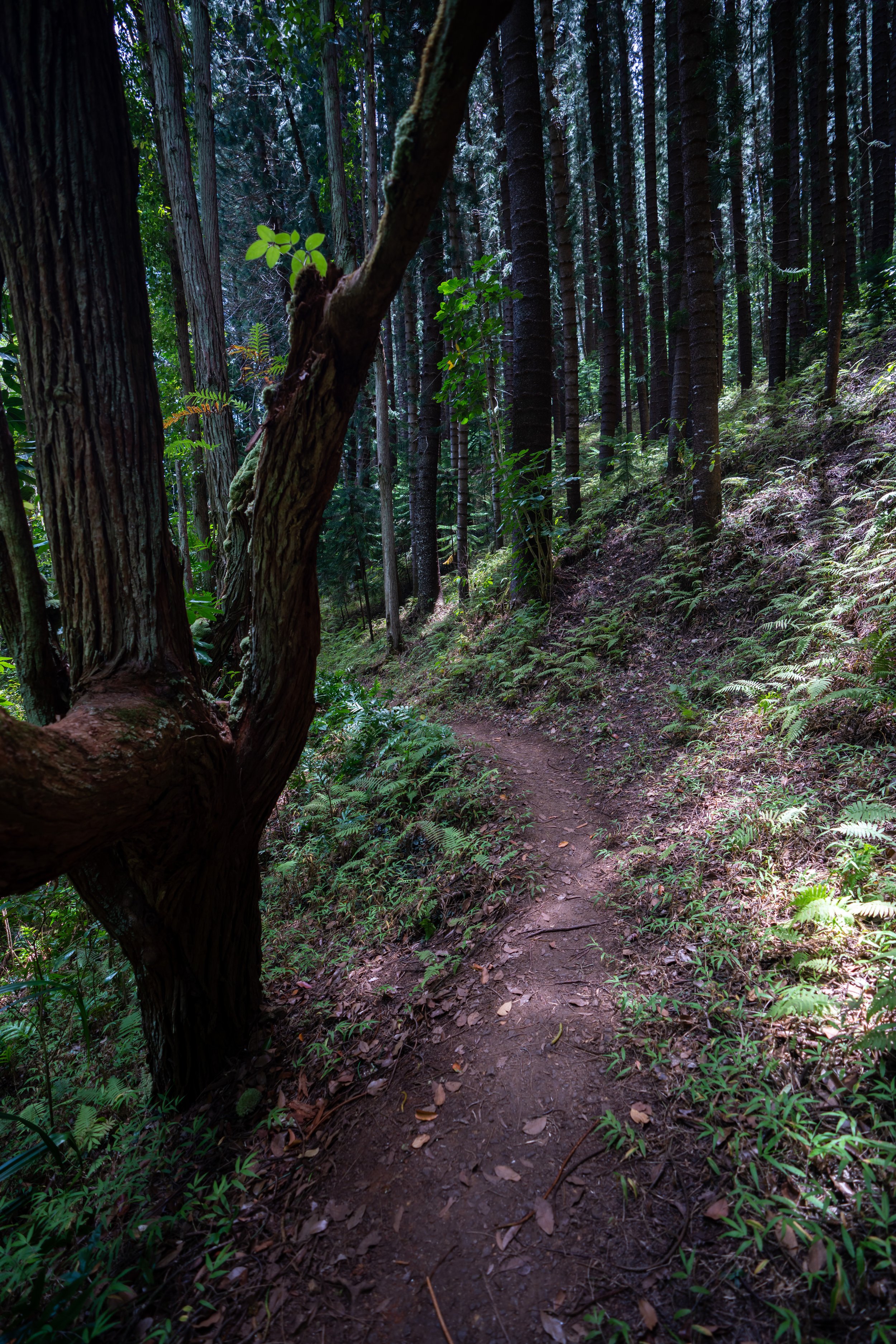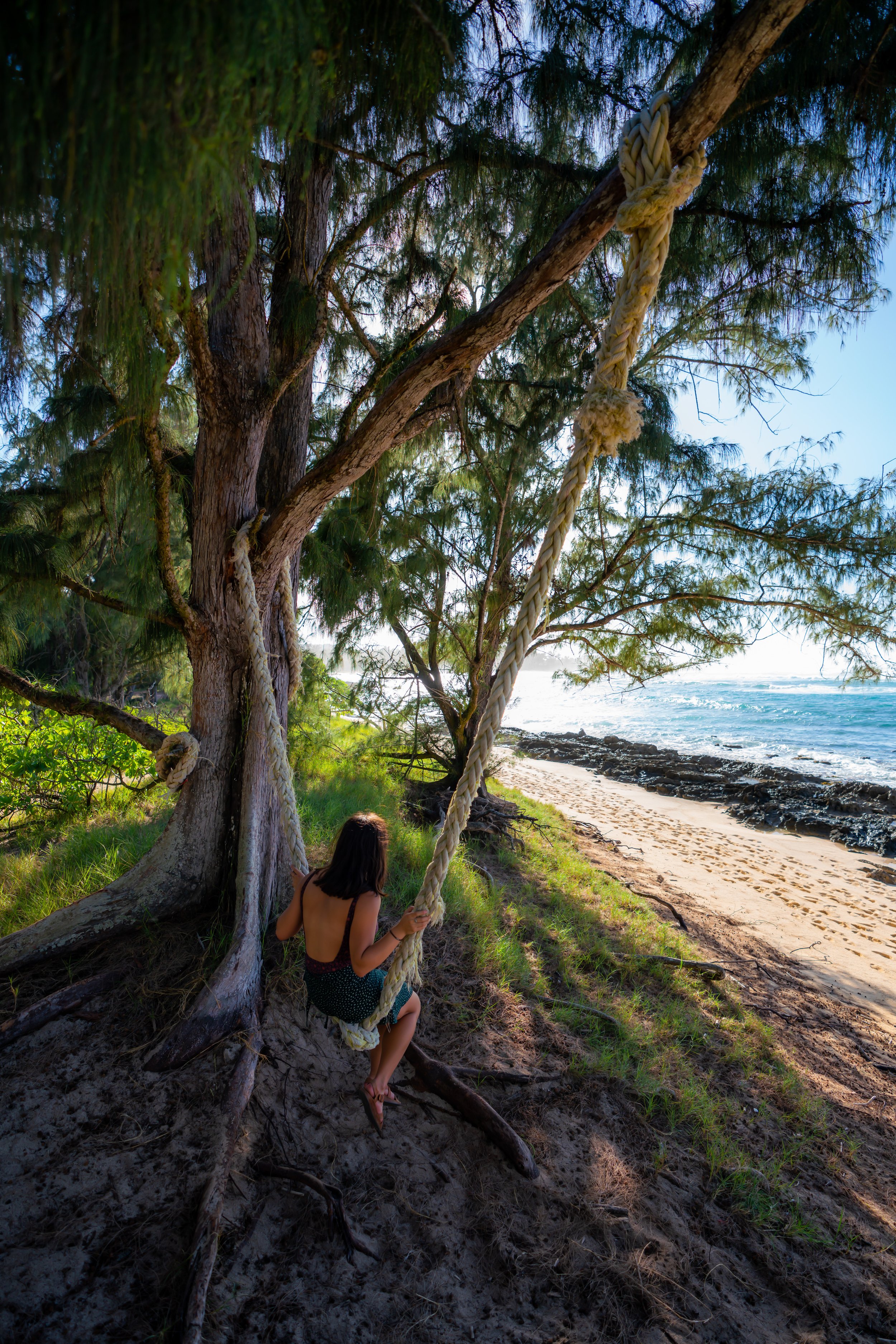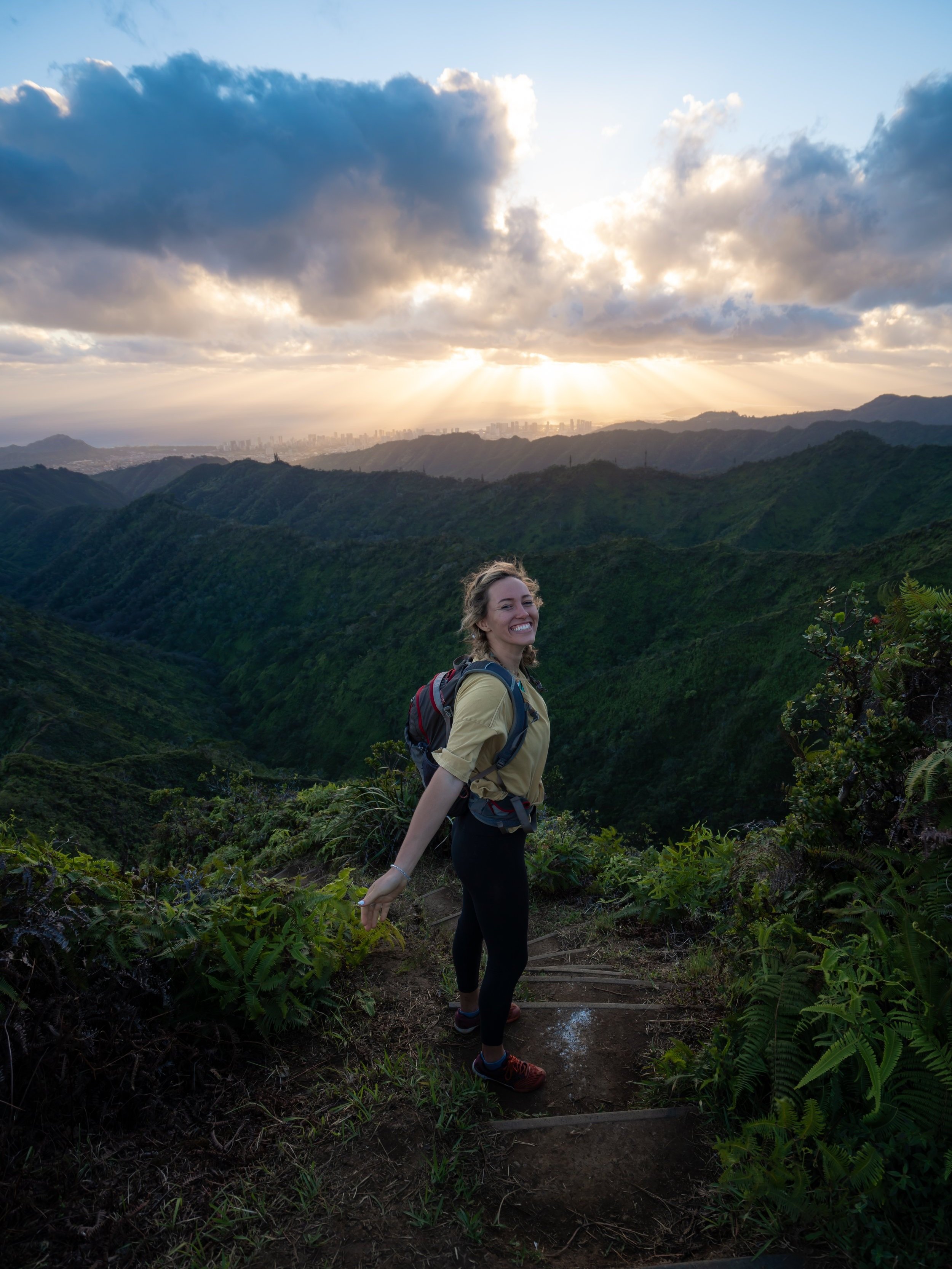Hiking the Lulumahu Falls Trail on Oʻahu, Hawaiʻi
Distance (Roundtrip): 1.8 miles / 2.9 km
The Lulumahu Falls Trail in Nuʻuanu Valley on Oʻahu is the best year-round waterfall hike on the island!
By this, I mean that, unlike other waterfalls on Oʻahu—such as the much more popular Mānoa Falls—Lulumahu Falls is not dependent on rainfall, as most others are. This is especially important to mention for those planning to hike during the summer months when Hawaiʻi receives less rainfall compared to the winter. However, Lulumahu Falls will always be flowing throughout the year, regardless of how wet or dry the weather has been!
On a different note, I also want to highlight Likeke Falls, located on the other side of the Pali Highway, just down the road. This is because I see Likeke Falls as the best short, kid-friendly waterfall hike on Oʻahu—instead of Lulumahu—making it another great waterfall hike to consider, as it is also not dependent on rainfall.
Read My Separate Post: Likeke Falls Trail
Lulumahu Falls Trailhead Parking
Parking for Lulumahu Falls Trail is located directly off of the Pali Highway shortly before the Nuʻuanu Pali Lookout in a dirt parking lot near the intersection of Nuʻuanu Pali Drive and the Pali Highway.
That being said, consider the Lulumahu Falls Trailhead to be a high-crime area for petty theft, meaning you should never leave visible bags or anything valuable in your car.
Google Maps Directions: Lulumahu Falls Trailhead
Hiking the Lulumahu Falls Trail
For the most part, the Lulumahu Falls Trail is a fairly straightforward hike, with the exception of one crucial split in the trail; if you go the wrong way, you will end up on a completely different, and much more involved, adventure.
That being said, the Lulumahu Falls Trail begins at either one of two entrances.
If you start at the entrance with the hunters log, you will begin in the bamboo forest before ending up on the gravel road. Alternatively, if you start at the entrance with the gate, you will begin on the gravel road and avoid the bamboo forest altogether.
For obvious reasons, I recommend the gate.
When the Lulumahu Falls Trail reaches this opening, go straight.
Then, when the trail reaches the dam, you can either cross the stream and then cross again shortly after, or simply follow the stream up a short distance to the trail that’s located on the left-hand side.
Lulumahu Ridge-Lulumahu Falls Junction
This is the important split in the trail, where many hikers end up getting lost.
That being said, go right when you reach the Lulumahu Ridge junction shown in the photo below, as the trail to the left is the start of the much longer, all-day hike to the highest point in the Koʻolau Mountain Range.
With that in mind, if you were only planning to hike as far as Lulumahu Falls, then you are not prepared for the much longer and more difficult Lulumahu Ridge Trail, as it is not comparable to other nearby ridge trails, like Waʻahila or Mauʻuame Ridge.
Read My Separate Post: Lulumahu Ridge Trail
At this point, the Lulumahu Falls Trail crosses over the stream, which can be a bit of a bottleneck with other hikers during peak times of the day.
Lulumahu Falls
After 0.9 miles (1.4 km), the trail ends at the 50-ft. (15 m) Lulumahu Falls, which is only the lower of the two drops that you can see from the bottom!
That being said, this photo was taken during the early morning hours of the day, which is when I highly recommend hiking to Lulumahu Falls, as opposed to midday when the trail gets more busy.
Native Plants on the Lulumahu Falls Trail
The Lulumahu Falls Trail is a very low-elevation trail, meaning the hike is dominated by many non-native/ invasive species.
Therefore, there are generally few native plants that you can find, with the exception of Hau and Māmaki.
If you are curious about trying the native Hawaiian Māmaki tea, I kindly ask that you don’t harvest Māmaki from our native forests but, instead, buy from one of the local reputable vendors, such as those listed below.
If you would like to learn more about these and many other native Hawaiian plants from across the islands, I encourage you to check out my separate post linked below.
Read My Separate Post: Native Hawaiian Plant Guide




